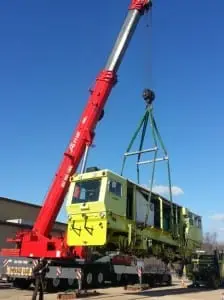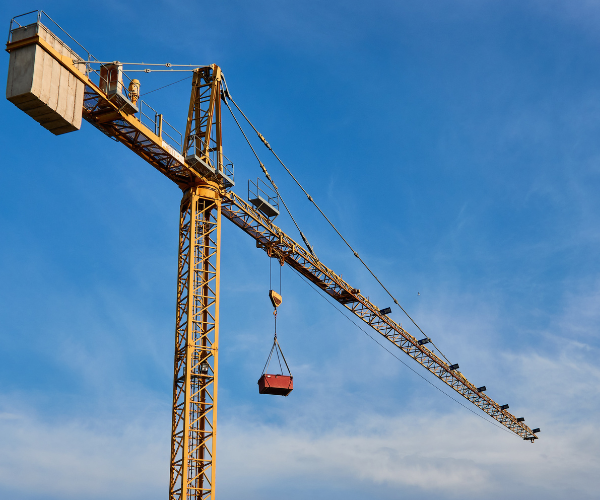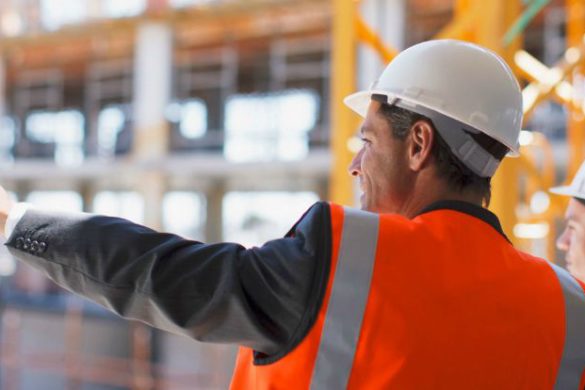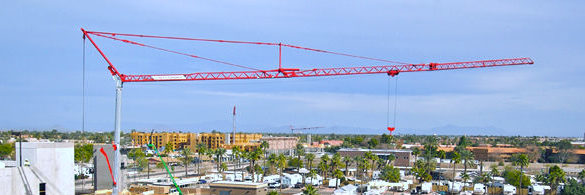Maximizing Efficiency and Safety with Industrial Lifting Solutions
The right lifting equipment can dramatically improve both efficiency and safety across various sectors, from construction to logistics.. This article explores different types of industrial lifting equipment, their applications, and the essential safety features that ensure optimal performance. We also highlight advanced technologies driving modern lifting solutions.
Understanding Industrial Lifting
Industrial lifting involves the use of specialized equipment to lift, lower, and move heavy loads. This process is crucial in industries like construction, manufacturing, and logistics, where handling large and bulky items is a routine part of operations. Effective lifting operations not only enhance productivity but also significantly reduce the risk of injury, making them an integral aspect of industrial work.
In construction, lifting equipment is used to move materials like steel beams and concrete. Manufacturing facilities rely on lifting devices to handle raw materials and finished products efficiently. In logistics, cranes and other lifting equipment streamline the loading and unloading of goods, ensuring timely delivery and reducing the need for manual labor.
Types of Industrial Lifting Equipment
Cranes
Cranes are the backbone of lifting operations across various industries. They come in multiple forms, each designed to meet specific operational needs:
- Tower Cranes: Tower cranes are indispensable in high-rise construction projects due to their ability to reach significant heights and handle heavy loads. Their towering structure allows them to lift materials to great elevations, making them essential on large construction sites.
- Mobile Cranes: Mobile cranes offer the advantage of mobility, allowing them to be easily transported to different sites. This versatility makes them crucial in both construction and logistics. Mounted on trucks or crawlers, mobile cranes can move and perform lifting tasks across varied terrains.
- Overhead Cranes: Common in manufacturing plants and warehouses, overhead cranes provide a stationary yet highly efficient solution for lifting and moving heavy items along a fixed path. These cranes operate on overhead rails, making them ideal for repetitive lifting tasks like moving heavy components on an assembly line.

Forklifts and Pallet Lifters
Forklifts are pivotal in warehouses and distribution centers, efficiently moving pallets and other heavy items. These versatile machines can navigate tight spaces and operate on various surfaces, making them indispensable for material handling.
Pallet lifters are extensively used in warehouses to lift and transport loaded pallets, streamlining the movement of goods and reducing manual labor. These devices engage with pallet slots and lift them using hydraulic or manual mechanisms.
Hoists and Jacks
Hoists are tools capable of lifting heavy items vertically. They come in various types, including manual, electric, and pneumatic, and are commonly used in construction, manufacturing, and maintenance applications. Jacks, on the other hand, are mechanical devices that lift heavy loads by applying force via a screw thread or hydraulic mechanism.
Under Hook Accessories (UHA)
Under hook accessories enhance the functionality and safety of cranes and other lifting equipment. These accessories address specific lifting challenges, making operations safer and more efficient.
- Spreader Bars: These are vital under hook accessories that help distribute the weight of a load evenly, reducing stress on the lifting equipment and preventing damage.
- Concrete Buckets: Concrete buckets simplify the placement of concrete during construction projects, featuring a gate mechanism for controlled pouring.
- Crane Man Baskets: Designed to safely elevate personnel, these baskets come equipped with safety harness attachments and guardrails.
Key Safety Features in Industrial Lifting Equipment
Safety is paramount in lifting operations. Ensuring that lifting equipment is equipped with the necessary safety features is crucial to preventing accidents and maintaining efficiency.
Structural Integrity and Load Testing
The design and material choice of lifting equipment significantly impact its load-bearing capacity and durability. High-grade materials like steel are commonly used to ensure durability, while rigorous load testing confirms the equipment’s capacity and structural soundness.
Advanced Safety Mechanisms
Modern lifting equipment incorporates advanced safety mechanisms to enhance operational safety. Features like automatic locking systems, overload protection, and remote control operations ensure that the equipment functions correctly under all conditions.
Visibility and Communication
Good visibility and clear communication are crucial for safe crane operations. High-visibility paint and markings help operators and ground personnel easily identify and distinguish equipment, while built-in communication systems ensure that workers stay in constant contact with the crane operator.
Conclusion
Cranes and industrial lifting equipment are indispensable tools across various industries. Their true potential is realized when paired with specialized attachments and safety features. Understanding the different types of lifting equipment and their applications allows operators to optimize their lifting operations, ensuring both efficiency and safety. Whether it’s using slings for versatile lifting, spreader bars for balanced loads, or remote controls for precise operation, the right equipment makes all the difference in achieving safe and efficient material handling.





